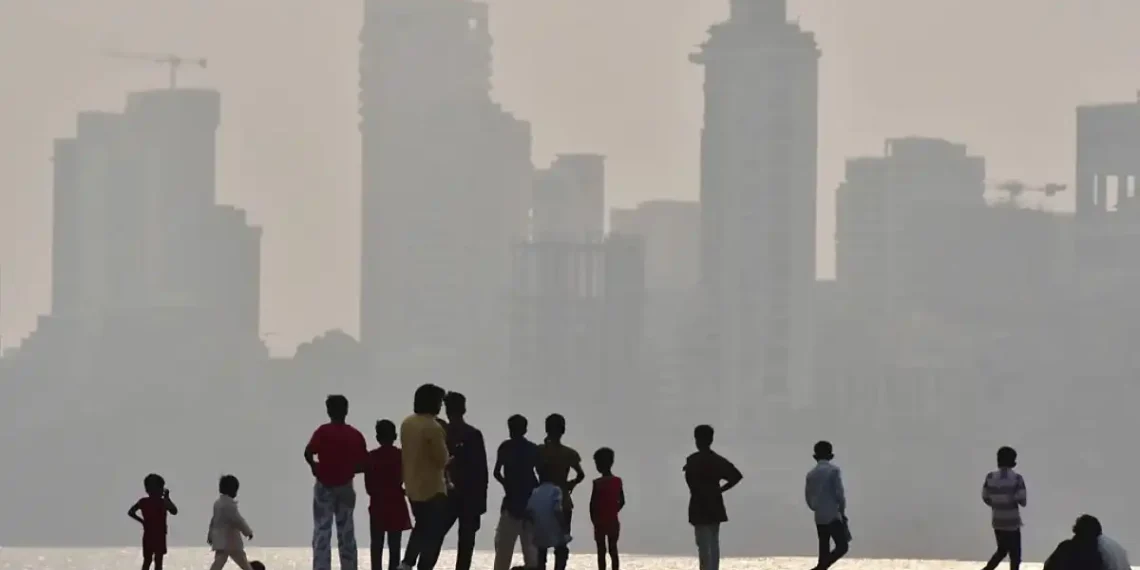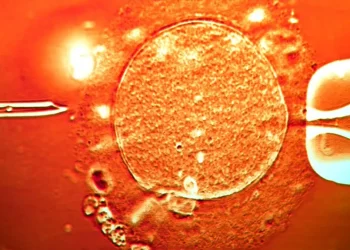The Rising Mystery of Lung Cancer in Non-Smokers: What’s Behind This Growing Threat?
Lung cancer is often linked in our minds with smoking — but what happens when people who have never smoked start getting diagnosed more and more? The surprising rise of lung cancer among non-smokers is turning heads in the medical world, challenging old assumptions and raising important questions about causes, risks, and treatment.
Martha’s Story: A Wake-Up Call
Take Martha’s experience. At 59, she never considered herself a smoker — sure, she’d occasionally lit a cigarette at parties, but nothing regular. So when her cough changed and her mucus thickened, she thought it was just a flare-up from a rare lung disorder she already had. Doctors initially agreed it was nothing to worry about.
But after an X-ray revealed a shadow on her lung, things quickly escalated. A CT scan and bronchoscopy confirmed a tumour. Four months after she first mentioned symptoms, Martha was diagnosed with Stage IIIA lung cancer. The tumour had invaded nearby lymph nodes but hadn’t spread further.
“It was a total shock,” Martha says. And her story isn’t unique.
Lung Cancer Beyond Smoking: A Growing Global Concern
Lung cancer remains the world’s most common cancer and the deadliest, with around 2.5 million new cases and 1.8 million deaths in 2022 alone. While smoking still accounts for the majority of cases, smoking rates have dropped in many parts of the world over the last decades. At the same time, lung cancer diagnoses among people who have never smoked now make up 10 to 20% of cases — and that percentage is rising.
Dr. Andreas Wicki, an oncologist from the University Hospital Zurich, explains, “Lung cancer in never-smokers is emerging as a distinct disease, with unique molecular features that affect treatment and outcomes.” Interestingly, younger lung cancer patients—those in their 30s or 40s—are more likely to be non-smokers, and the cancer type tends to differ as well.
A Different Type of Lung Cancer
The kind of lung cancer common among smokers—squamous cell carcinoma—used to dominate until the mid-20th century. But in never-smokers, nearly all lung cancers are adenocarcinomas, which originate in mucus-producing cells.
The catch? Adenocarcinomas are often diagnosed late because small tumors don’t cause obvious symptoms. Persistent cough, chest pain, and breathlessness only show up once the tumour grows or spreads. “Because most people associate lung cancer with smoking, non-smokers may dismiss early warning signs, delaying diagnosis until advanced stages,” says Wicki.
Why Are Women More Affected?
Non-smoking women are more than twice as likely as men who never smoked to develop lung cancer. This may be linked to differences in lung anatomy, environmental exposures, and genetics. A key player is a mutation called EGFR, which is especially common in women and notably in Asian women.
Scientists suspect female hormones and genetic variants affecting estrogen metabolism might explain this higher incidence, though research is ongoing.
The Role of Genetics: Driver Mutations and Targeted Therapies
Cancer cells in non-smokers often carry “driver mutations” that fuel tumour growth. EGFR mutations are the best-known example. Once these mutations were identified, drug companies developed targeted therapies—EGFR inhibitors—that block the mutant protein’s activity.
“About 20 years ago, these drugs showed great promise,” Wicki says. “Many patients responded well, but resistance often developed, leading to relapse.” Newer generations of these drugs are now improving survival, with some patients living more than 10 years after diagnosis—an incredible leap from the less-than-12-month survival rates seen two decades ago.
What’s Causing Lung Cancer in Non-Smokers?
Without smoking as a cause, what else is driving lung cancer? Experts point to a mix of environmental and genetic factors:
- Radon exposure and second-hand smoke
- Indoor air pollution from cooking fumes and burning wood or coal, especially in poorly ventilated homes
- Outdoor air pollution, which is now recognized as the second leading cause of lung cancer worldwide after smoking
Air pollution—specifically tiny particles called PM2.5 found in vehicle exhaust and fossil fuel smoke—has been linked to lung cancer, particularly among those with EGFR mutations.
How Air Pollution May Trigger Lung Cancer
New research from the Francis Crick Institute in London sheds light on how air pollution might kickstart lung cancer in non-smokers carrying the EGFR mutation. Instead of directly mutating DNA like cigarette smoke, PM2.5 particles activate immune cells called macrophages. These cells release signals that “wake up” dormant mutant cells in the lungs, pushing them to grow into tumors.
This discovery opens exciting possibilities for new ways to prevent lung cancer by targeting the lung environment, not just the cancer cells themselves.
The Bigger Picture: Air Pollution’s Growing Impact
Air pollution’s connection to lung cancer isn’t new—it was mentioned as a possible cause as early as 1950. Yet for decades, anti-smoking policies dominated lung cancer prevention.
Today, 99% of the world’s population lives in areas exceeding the World Health Organization’s air quality guidelines. Rising pollution in places like India and China means the lung cancer burden from environmental factors may grow.
In the US, wildfires are causing spikes in PM2.5 levels, linked to increased lung cancer cases. Experts agree that shifting away from fossil fuels is critical not only for climate change but also for lung health.
Looking Ahead: Changing Perceptions and Hope
As treatments improve, lung cancer in never-smokers is becoming more manageable, challenging the stereotype that lung cancer is a smoker’s disease or a death sentence.
Martha, now almost three years post-diagnosis, takes an EGFR inhibitor. It’s not easy—side effects like fatigue and skin issues make daily life challenging—but the drug works. “The fatalistic view of lung cancer is changing, and that’s a hopeful sign,” she says.
With ongoing research and growing awareness of environmental risks, the future may hold better prevention and longer survival for those diagnosed with this mysterious form of lung cancer.
This article was rewritten by JournosNews.com based on verified reporting from trusted sources. The content has been independently reviewed, fact-checked, and edited for accuracy, neutrality, tone, and global readability in accordance with Google News and AdSense standards.
All opinions, quotes, or statements from contributors, experts, or sourced organizations do not necessarily reflect the views of JournosNews.com. JournosNews.com maintains full editorial independence from any external funders, sponsors, or organizations.
Stay informed with JournosNews.com — your trusted source for verified global reporting and in-depth analysis. Follow us on Google News, BlueSky, and X for real-time updates.














